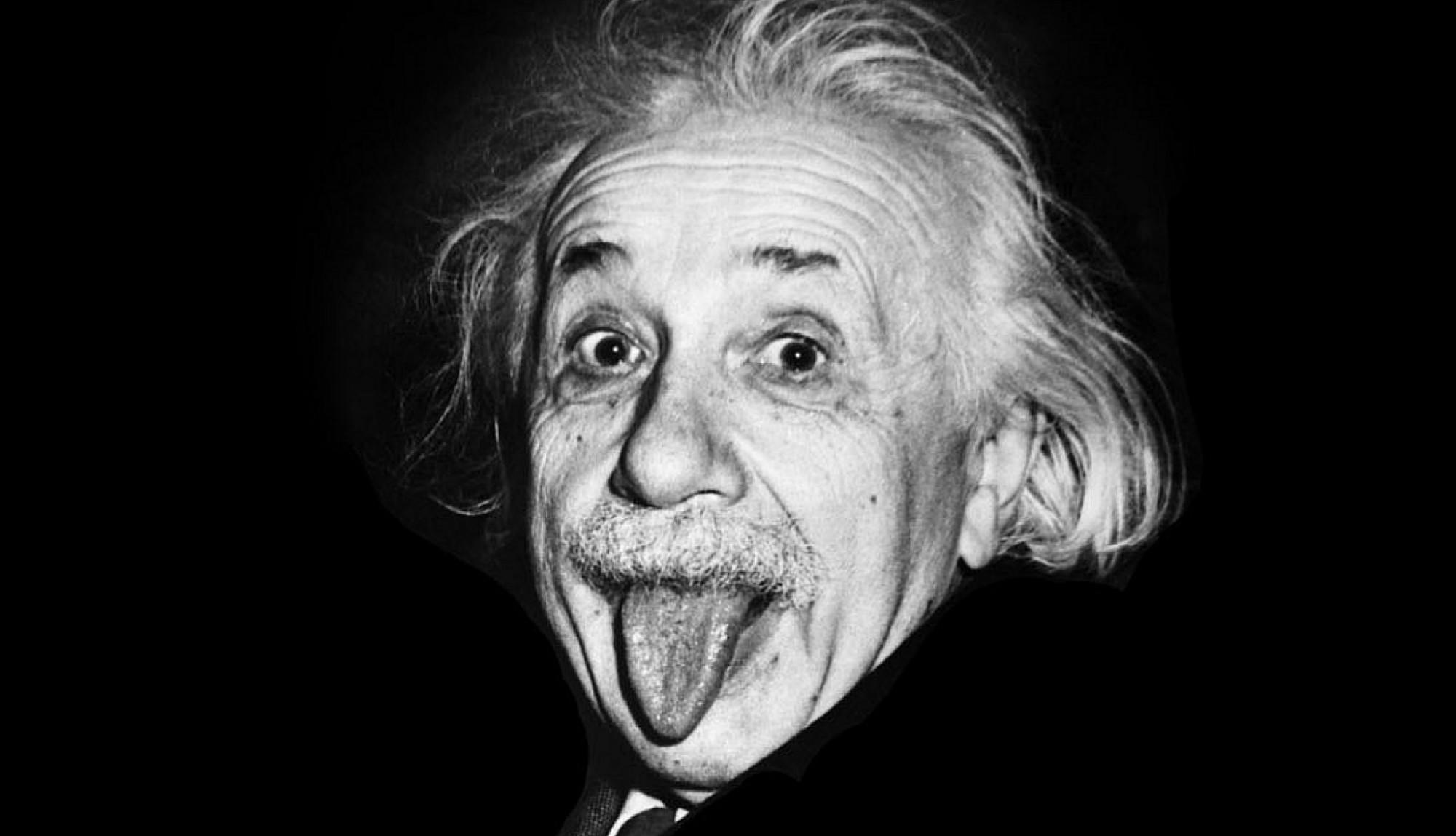Born in 1879 in Württemberg, Germany, and died in 1955 in Princeton, New Jersey, Albert Einstein is undoubtedly one of the greatest scientific figures in the world. Renowned for his various theses (including his best known theory of special relativity and the theory of general relativity), he received the Nobel Prize in Physics in 1921 and contributed to many advances in various fields, including cosmology, mechanics or quantum physics. Much more than a brilliant scientist, Time magazine even named him personality of the 20th century. In this article, we wanted to focus on what Albert Einstein brought to mathematics. Let us pinpoint a moment in the history of mathematics and look in more detail at how the work of this scientific genius has changed how we learn maths.

Albert Einstein: A Lover of Nature
Legend says that Albert Einstein was a very bad student and was told he did not have what it takes to do well in maths class. Believe it or not, that turned out to be further from the truth. In actual fact, young Albert Einstein was a genius, as precocious as he was talented. First in his class at school, he adored learning mathematics and maths revision. Consequently, he refused to learn all subjects he deemed unnecessary. This meant waving goodbye to human sciences and modern languages, for example. During his time at university, he became friends with a mathematician, Marcel Grossmann, who went on to help him prove his greatest theories. He was able to bring his expertise and in-depth knowledge in non-Euclidean geometry to the table. Albert Einstein, a self-taught scientist, educated himself in the sciences that fascinated him. This allowed him to work on topics such as celestial mechanics and nuclear physics. Recognised by his peers in 1909, it is from this date onward that he devoted himself entirely to research. 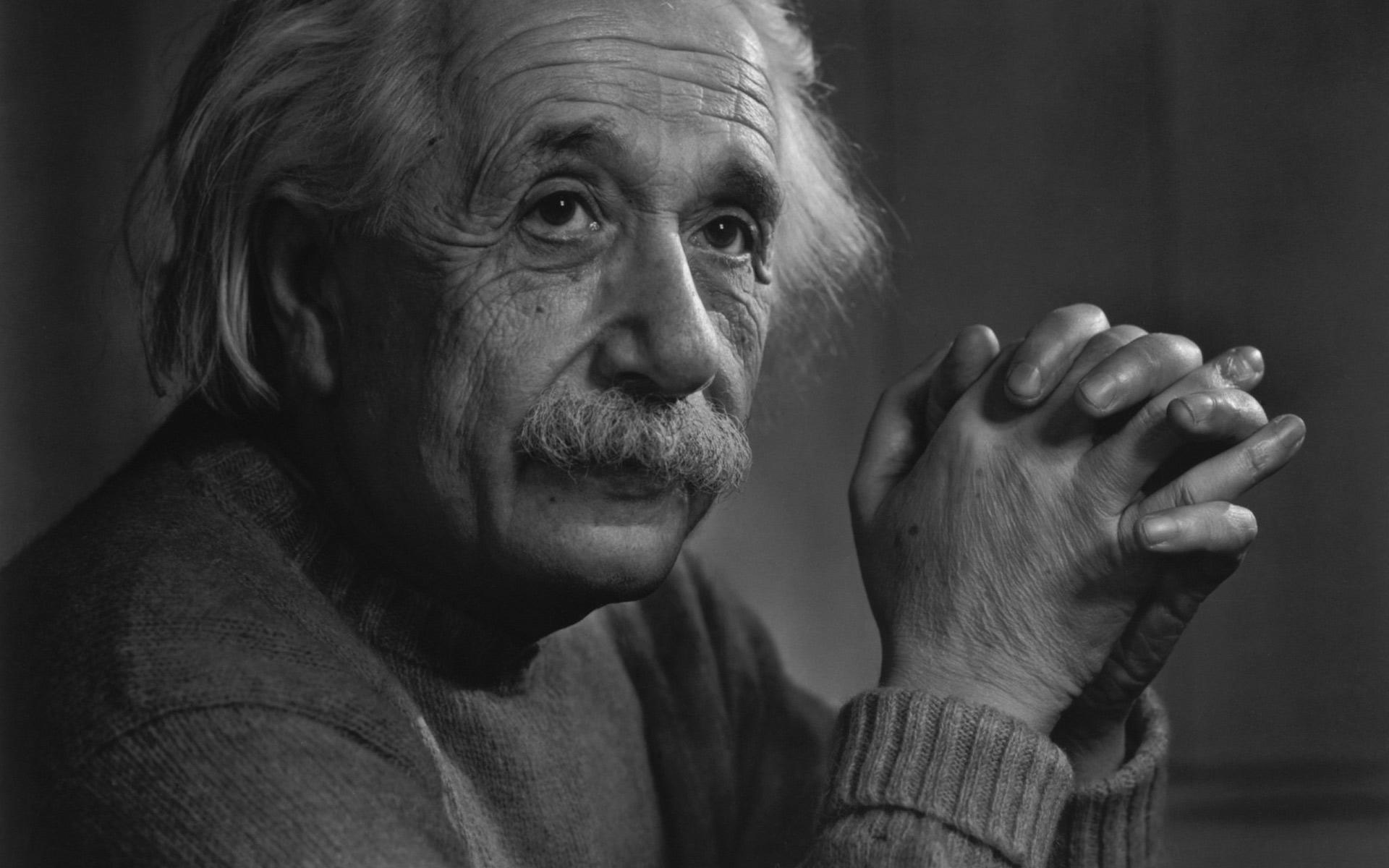
Maths Lessons: the Theory of Special Relativity
In 1905 for the first time Albert Einstein voiced the equation which made him famous throughout the world. The famous formula E = MC². 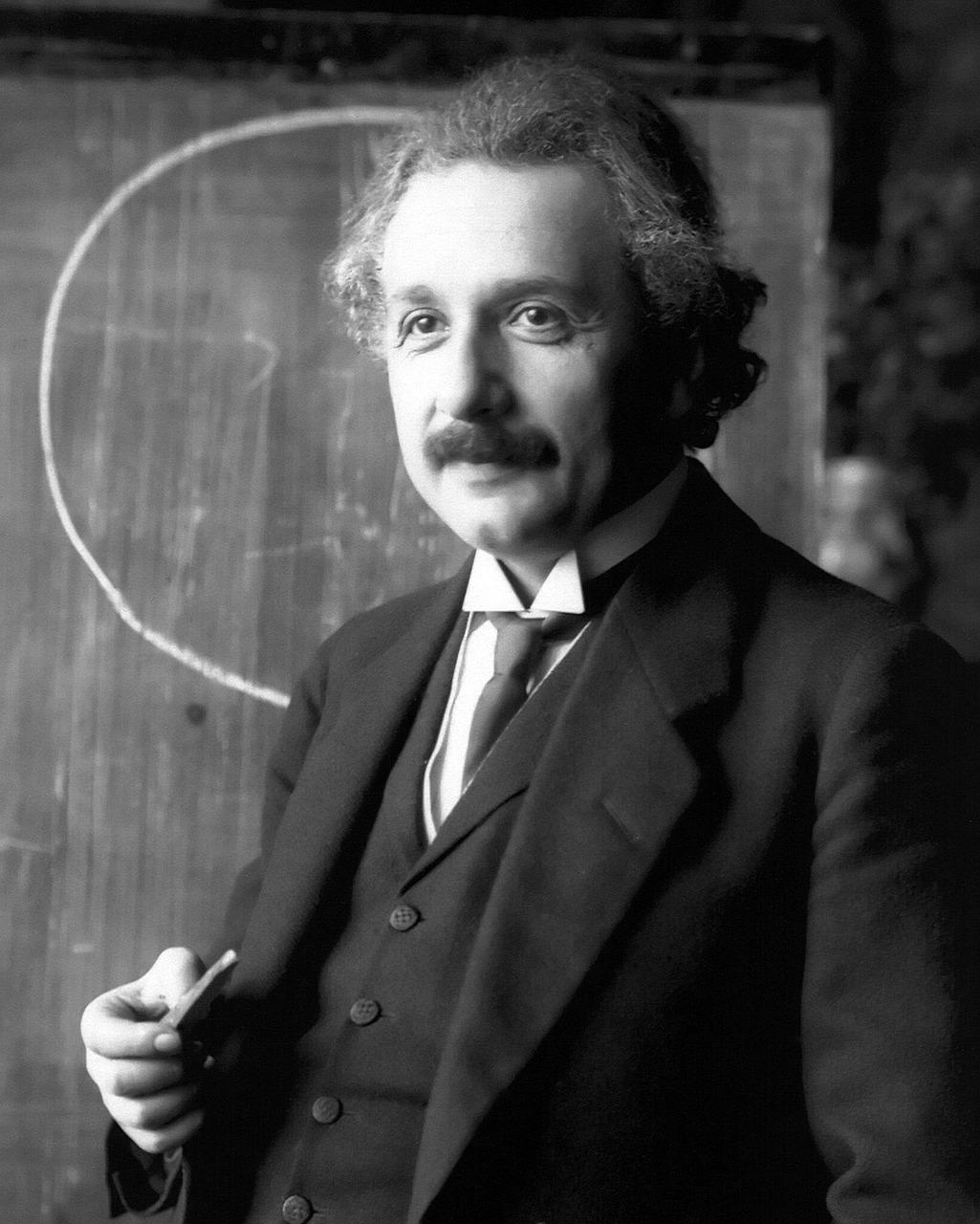


Learning Maths: the Theory of General Relativity
In 1915, after restricted relativity, Albert Einstein published a new theory on gravitation: general relativity. Working from Isaac Newton's thesis (the law of universal gravitation which shows the fall of bodies and the displacement of the stars), Albert Einstein established a new postulate. He put aside the concept of gravitational force and explained that every movement of an object is determined by the configuration of space-time. According to him, rather than the Sun pulling the Earth around it, Albert Einstein explains that the Sun actually creates a disruption of space-time. It is this anomaly that forces the Earth to evolve around the Sun. Put simply, if we imagine a stretched sheet (symbolizing our galaxy or our universe) and in the middle of it we put a stone (our Sun). Under the force of this stone, the sheet will twist and deform. Now, roll a marble from the edge of this sheet to the center, in any direction, and study its trajectory. What is interesting is that at the beginning, the ball will move in a continuous straight line. Then, as it enters the dip created by our stone, it will change direction and begin to turn around, thus making a curved trajectory. You see now that the marble symbolises a star (our beautiful planet Earth for example). With this type of hypothesis, Albert Einstein explained to us that each body moves in a straight line in space-time. Regardless of its destination, it is only when it encounters an anomaly in the configuration of space-time that it will begin to modify its trajectory, making a curve around the object at the origin of this anomaly. Of course, this will take much longer than a simple ball turning around a stone in the center of a tablecloth. We're talking about elements that are difficult for our human minds to comprehend. Difficult but not impossible since Albert Einstein came up with the mathematical equations and formulas that can accurately calculate the curvature of space-time created as a result. Obviously, we are talking here of an infinitely complex system, still requiring years and years of research. For now, we have discovered what happens with an isolated star. Imagine on the scale of the galaxy, even of the universe, with its infinities of stars each producing their own strength. It's enough to make you dizzy. Returning to our original subject, we can conclude that with this theory, Albert Einstein questions the fifth postulate of Euclidean geometry (see essential maths vocabulary) explaining that by placing a point outside a straight line there is only one parallel to this line. Through his love of physics and desire to have a better understanding of how our universe works, he came to change our contemporary view of mathematics.
Help with Maths: Gravitational Waves
Predicted by Albert Einstein in 1916, gravitational waves have just been detected using American instruments.
Albert Einstein: a fortune-teller of science
In short, this offered a new way for astronomers to explore the corners of the universe. "This is one of the most spectacular tests of Einstein's theory," said astrophysicist Zoltan Haiman (Columbia University), who did not participate in the research effort. For him: "it looks like a new window to the universe". It will lead to plenty of scientific applications.
The distortion of space and time
According to Einstein's theory, every object with a mass distorts the curvature of space and time. To illustrate this we use the image of a bowling ball that bouncing on a trampoline. It moves space and time. In space, this generates waves that radiate at the speed of light. Look up for a maths tutor now.
Tedious research
The research work was long and tedious. More than 1000 researchers in fifteen countries. In terms of numbers, more than a billion dollars was spent over the last thirty years. Researchers have detected gravitational tremors around spiral black holes around 1.3 billion light years from Earth. To do this, they used a very elaborate measuring device: the LIGO instrument (Laser Interferometer Gravitational-wave Observatory). This instrument is capable of detecting remarkably small vibrations, in other words, gravitational waves. Once the gravitational wave signal was detected, scientists converted it into sound waves and were able to listen to the sounds of two black holes in fusion. 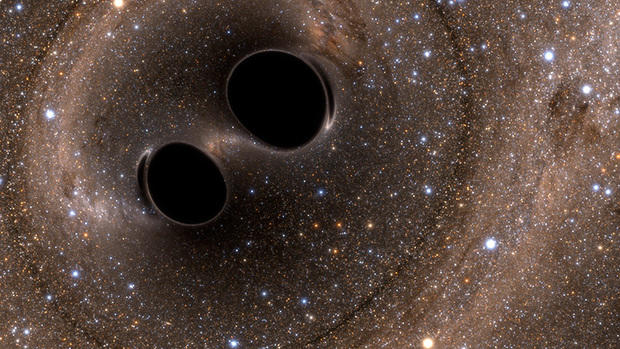
Albert Einstein, the Maths Tutor
From 1909 Einstein accepted various teaching positions in Europe. Nazi Germany removed his citizenship in 1933 because he was a Jew. So he moved to the United States and started teaching a maths help class at Princeton University. 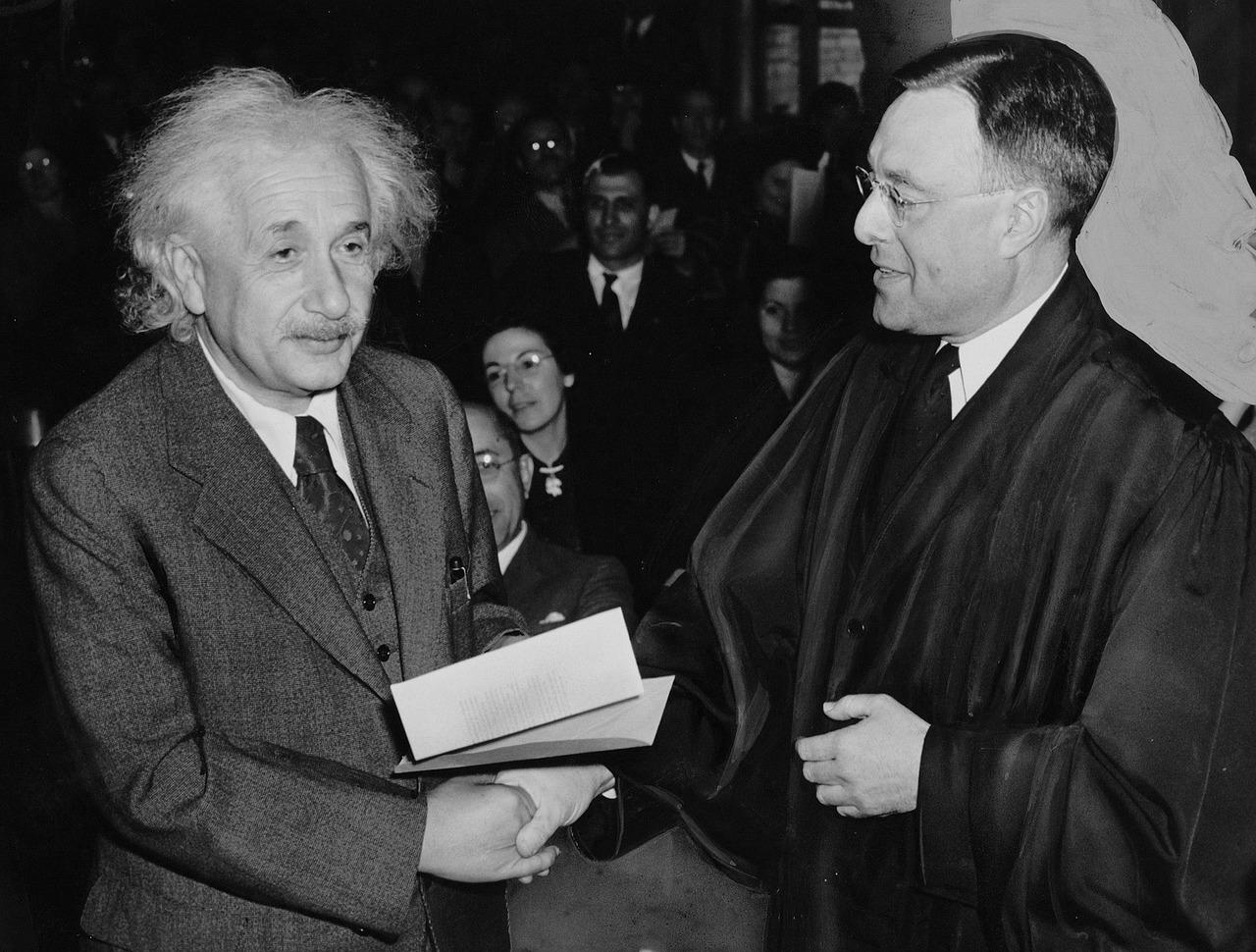
"It is the essential role of the teacher to awaken the joy of working and knowing."
Having the right maths tutor can play big role in how you understand and enjoy the subject.
Maths Help to Better Understand the Universe Around Us
Among the many mathematics articles that this genius has published during its life-time, we can distinctly recall the article on differential geometry and the one on field equations, written with the help of his mathematician friend, Marcel Grossmann. It is this knowledge which enabled him to bring to light the theory of restricted relativity and the theory of general relativity. Much more than just a mathematician or physicist, Albert Einstein's goal was to gain a better understanding of the universe that surrounds us. For this he used mathematics and physics (a discipline derived from mathematics, let us bear in mind) to bring to light certain theories that to this today form the basics of this subject. 
However, Einstein was mentally frustrated because he never managed to explain electromagnetism. He spent the last 25 years of his life trying in vain to develop a unified field theory. The latter would have explain all the natural forces. He was afraid that if he could not find the answer, no one would. Learn about many other mathematical misconceptions in the world. To finish, I'll leave you with some of his best quotes:
"Imagination is more important than knowledge." "It is the human, free and creative person who shapes the beautiful and the sublime, while the masses remain entangled in an infernal round of imbecility and stupidity." "The most beautiful thing we can experience is the mysterious. He to whom this emotion is a stranger, his eyes are closed." “Put your hand on a hot stove for a minute, and it seems like an hour. Sit with a pretty girl for an hour, and it seems like a minute. That's relativity.”
An incredible figure of the last century who, single-handedly, participated in the evolution of math!
Find a maths tutor online for math revision with Superprof!

